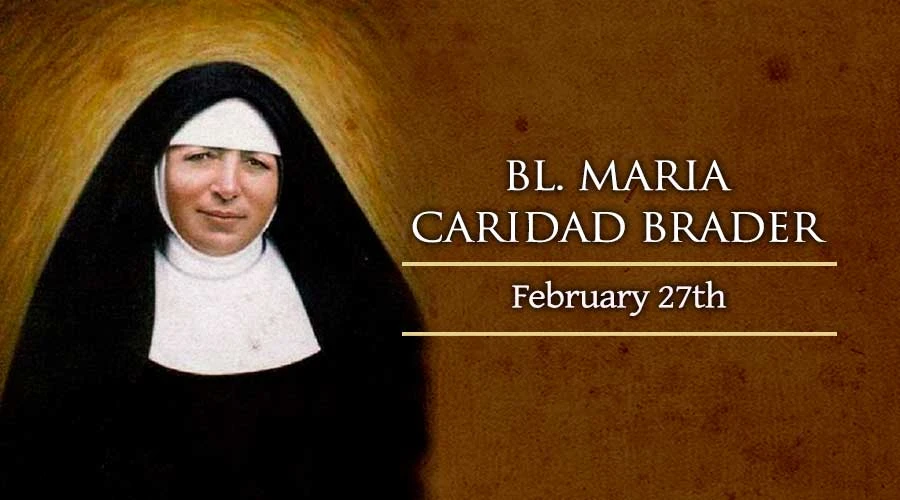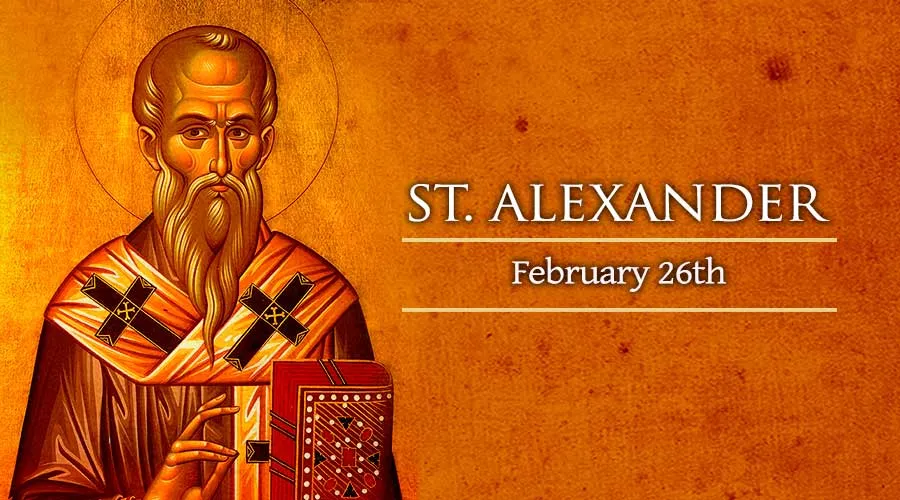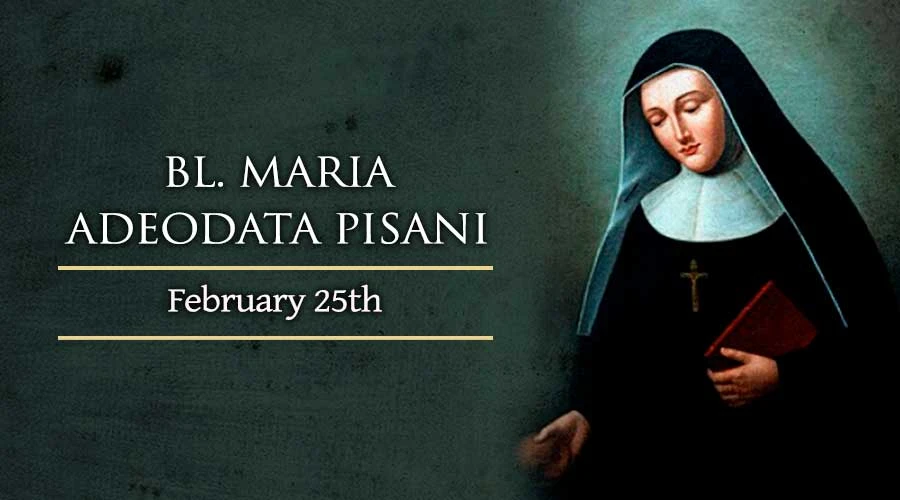Mother Maria Caridad Brader was born into a pious family in Kaltburn, Switzerland, in 1860. Maria was unusually intelligent and her mother, a widow, went through great pains to give her a good education. Despite her mother's opinion, Maria entered a Franciscan convent...
Show description:
Blessed Maria Caridad Brader

Mother Maria Caridad Brader was born into a pious family in Kaltburn, Switzerland, in 1860. Maria was unusually intelligent and her mother, a widow, went through great pains to give her a good education.
Despite her mother’s opinion, Maria entered a Franciscan convent in 1880. She made her final vows two years later and began teaching at the convent school.
At the end of the 19th century, it became permissible for cloistered nuns to work as missionaries. Maria volunteered to be one of the first of six sisters to work in Ecuador.
Maria served as a teacher and catechist in Ecuador.
In 1893, she was transferred to Colombia to attend to the sick and rejected.
In response to an urgent need for missionaries, Maria founded the Congregation of the Franciscan Sisters of Mary Immaculate in 1893 in Colombia. Maria served as the congregation’s superior general until 1919 and again from 1928 to 1940.
Maria urged her sisters to combine contemplation and action with great care. Her congregation also emphasized good education for both the sisters and their students.
“Do not forget that the better educated, the greater the skills the educator possesses, the more she will be able to do for our holy religion and the glory of God,” Maria told her sisters. “The more intense and visible her external activity, the deeper and more fervent her interior life must be.”
Maria died in 1943 in Colombia and her grave immediately became a popular pilgrimage site.
She was beatified by Blessed John Paul II in 2003.
St. Alexander

St. Alexander succeeded St. Achillas as bishop of Alexandria in 313.
Alexander was a champion of orthodox Catholic teaching.
The majority of his ministry was dedicated to fighting against the Arian heresy. Arius, a priest of Alexandria, claimed Jesus was not truly God and that there was a time when the Son, the second person of the Trinity, did not exist.
The bishop was gentle with Arius but when Arianism started accumulating a larger following, Alexander finally excommunicated Arius. The sentence of excommunication was confirmed in the year 320.
Alexander’s epistle on the Arian heresy has survived and remains an important part of ecclesiastical literature.
It is assumed that St. Alexander drew up the acts of the first General Council of Nicaea in 325, where Arianism was formally condemned.
He died in Alexandria two years after his return from the council.
St. Alexander was also famous for his charity to the poor and his doctrine on life.
Blessed Maria Adeodata Pisani

Blessed Maria Adeodata Pisani was born into a noble family in Naples, Italy in 1806. Her father was an alcoholic and was exiled after being involved in a revolt. Maria’s grandmother raised her. When her grandmother died, the 10 year-old was sent to a boarding school until she was 17.
During these years, Maria declined several marriage proposals because she preferred to lead a quiet life of prayer.
When she turned 21, she entered the Benedictine Community in St. Peter’s Monastery and took the name Maria Adeodata. She made her solemn profession two years later.
In the cloister, Maria was a seamstress, sacristan, porter, teacher and novice mistress. Her fellow nuns and many people outside the cloister benefited from her charity.
Maria Adeodata wrote various works, the most well-known of these is a collection of her personal reflections between the years 1835 and 1843 titled “The mystical garden of the soul that loves Jesus and Mary”.
She was an abbess from 1851 to 1853 but had to retire from her duties because she suffered from heart problems.
On Feb. 25, 1855, at the age of 48 and in poor health, she dragged herself to the chapel for Mass, against her nurse’s advice. After receiving Communion, she had to be carried back to bed where she died soon afterward.
She had a simple funeral and was buried in the monastery’s crypt the following day.
Maria was remembered for her sanctity, love of the poor, self-imposed sacrifices, and ecstasies so complete that she was seen levitating.
She was beatified by Blessed John Paul II in 2001.







